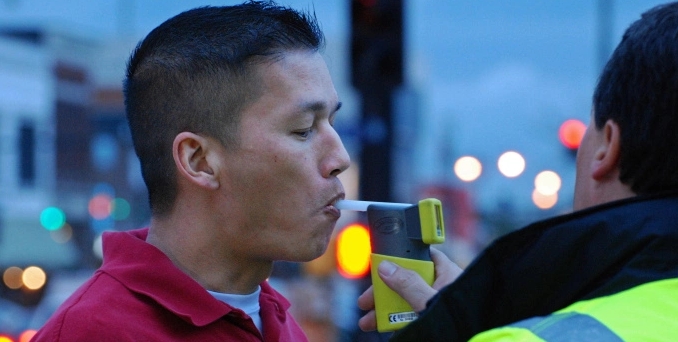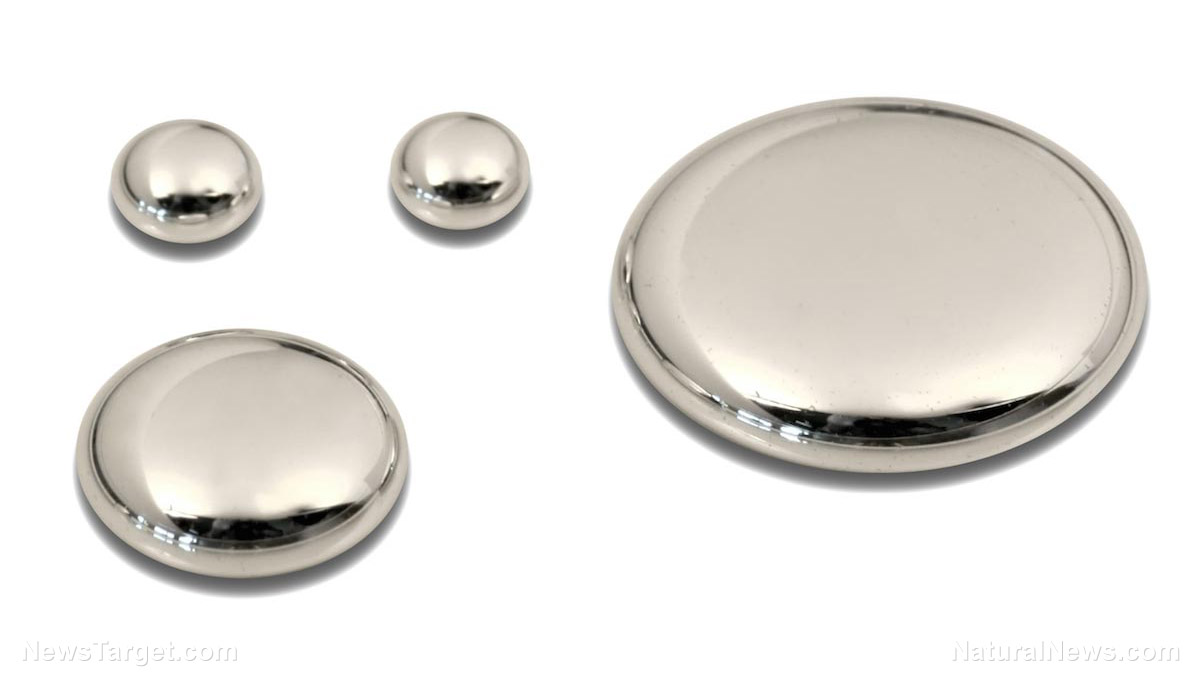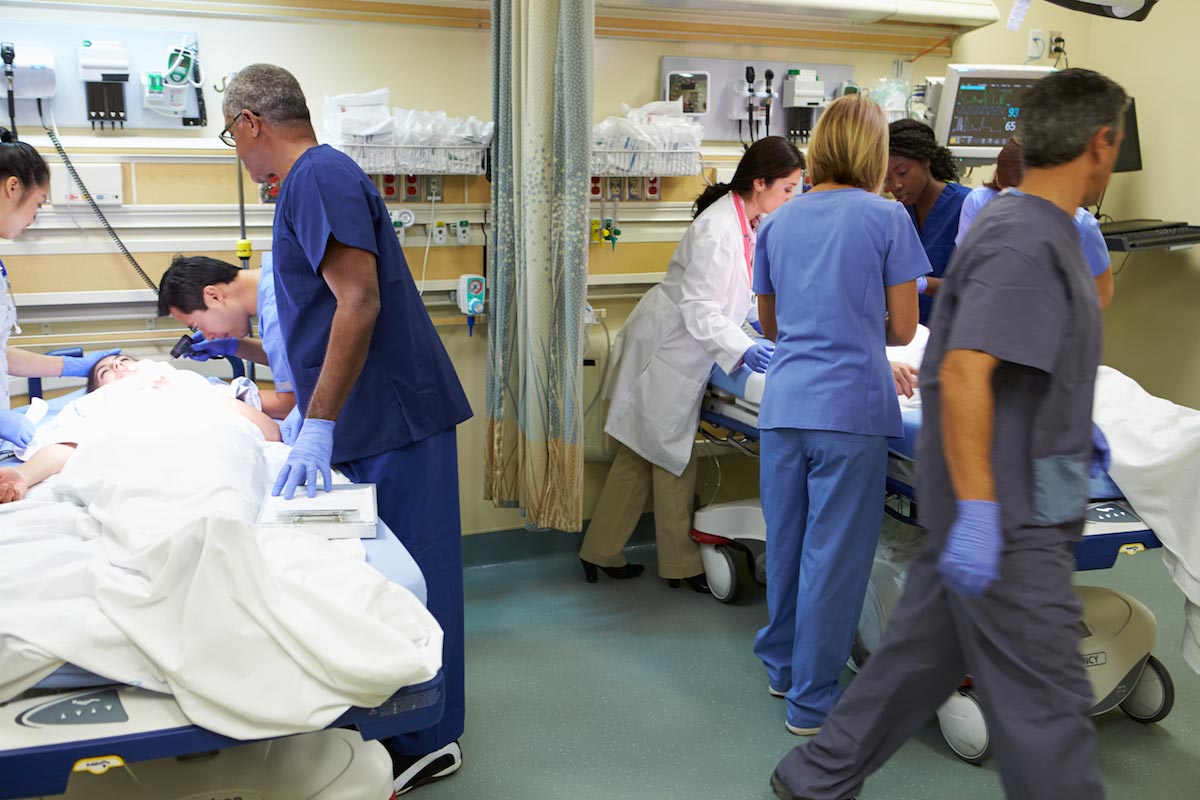Heart surgery is twice as risky for women; aortic surgery outcomes have higher risk of complications and stroke, compared to men
09/13/2019 / By Edsel Cook

A new study warned that women experience greater danger during surgical operations to repair the aorta than men. Female patients who undergo aortic surgery have higher risks of developing health complications, suffering strokes, and death.
The largest blood vessel in the body, the aorta, delivers oxygenated blood from the heart to the farthest reaches of the body. Sometimes, however, its walls weaken and develop unnatural bulges called aneurysms. When women undergo surgery to fix an aortic aneurysm, they experience more negative post-surgery outcomes than male patients.
“Women, unfortunately, are almost two times more likely to die with surgery or have a stroke than male patients,” said Lawson Health Research Institute researcher Dr. Michael Chu. “In terms of overall complications, they’re about 40 per cent more likely to have complications than male patients.”
In their study published in the journal Circulation, Chu, his University Health Network (UHN) counterpart Jennifer Chung, and their colleagues evaluated information from 1,700 patients who have undergone aortic surgery and found that this is the case. (Related: Surgery a risk for heart damage: Increased risk of death from heart cell damage found to occur during or after non-heart surgery.)
Heart specialists need to make sure their patients don’t have an aortic aneurysm
When heart health specialists diagnose women with heart-related symptoms, they usually attribute them to irregular heartbeat or a problem with the valves of the heart. They rarely consider the possibility that aortic aneurysm is responsible for the fatigue, shortness of breath, and other symptoms experienced by these patients.
Chu urged heart specialists to keep the possibility of aortic aneurysms in mind when diagnosing female patients. Even if the patient displays symptoms unrelated to the condition, specialists need to confirm the absence of an aneurysm.
Also, aortic aneurysms might escape notice for a long time. This is because the symptoms women in particular develop might seem less severe, or emerge only when the aneurysm has advanced to a point where aortic surgery becomes more difficult and dangerous.
Furthermore, upon confirming an aneurysm in a female patient, the heart specialist might make the mistake of indexing the severity of the condition without taking into consideration the physiological differences between women and men. For example, a 55-millimeter thick bulge in the aortic wall may not be as harmful for men as it is for women.
Aortic aneurysms often escape the notice of heart health specialists until it’s too late
One of the cases examined by the Lawson and UHN researchers involved a female patient named Donna Peterson. She developed a large aneurysm in the aortic arch, the portion of the aorta that bends between the ascending and descending aorta.
Peterson’s aortic aneurysm escaped detection for years. Her heart health specialist suspected the possibility of a problem in her aortic wall, but it took three years before the aneurysm was spotted.
After the presence of an aneurysm in her aortic arch was confirmed, Peterson shuttled between various heart specialists. She eventually underwent surgery to reconstruct her aorta and aortic valve.
The size of her aneurysm reportedly shocked the surgeons. Despite the severity of her condition, Peterson mowed the lawn at home and performed other physically strenuous activities, unaware that she was putting further stress on the aneurysm.
The surgical operation rebuilt Peterson’s aorta and aortic valve. Fortunately, she didn’t develop the post-surgery health complications that plague other women who undergo the same surgery.
“This study helps to identify that there is a major problem because women are having much worse outcomes than men who are undergoing this operation,” concluded Chu. “In this day and age, there should not be a difference between the two.”
Sources include:
Tagged Under:
RECENT NEWS & ARTICLES
BadMedicine.News is a fact-based public education website published by BadMedicine News Features, LLC.
All content copyright © 2019 by BadMedicine News Features, LLC.
Contact Us with Tips or Corrections
All trademarks, registered trademarks and servicemarks mentioned on this site are the property of their respective owners.




















